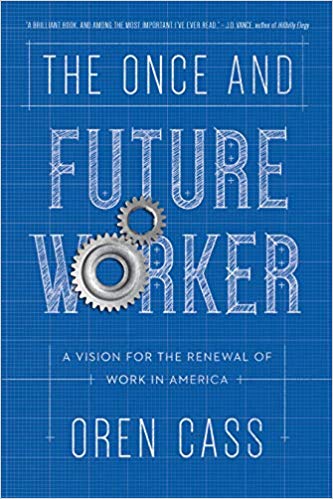What do you think?
Rate this book


ebook
First published November 13, 2018
Residential mobility is the issue that best captures policy makers’ misunderstanding of prosperity and the social endowments that foster it. The willingness to pack up and move in pursuit of opportunity is part and parcel of the American Dream and a key element of the nation’s economic vitality. Yet, as hardship has increased in recent decades, the share of the population that relocates has declined. If things are so terrible, some economists grumble, why won’t anyone move? They have built elaborate models to show how much higher GDP would be if only people lived where their productivity would be highest.
This gets things backward. Strong families and communities launch people into the world to seek their fortune. Relocation requires deep stores of social capital. Without the skills and habits to access opportunity, failure is likely. Lacking a strong support base, it can be hard to get started. If someone is already dependent on government benefits and a move places those benefits at risk, staying put can seem the better bet. Geographic mobility can’t rescue America from the consequences of its socially unsustainable growth—because lower geographic mobility is one of those consequences....
Relocation tears people away from their communities. If a critical mass relocates, it can decimate the community left behind. The idea that struggling communities should disband themselves is not a return to “how things used to be”; it is an admission of catastrophic failure and a prescription for further disaster. If Americans want to enjoy the fruits of long-term prosperity, including widespread relocation in pursuit of opportunity, they will need to restore its prerequisites..